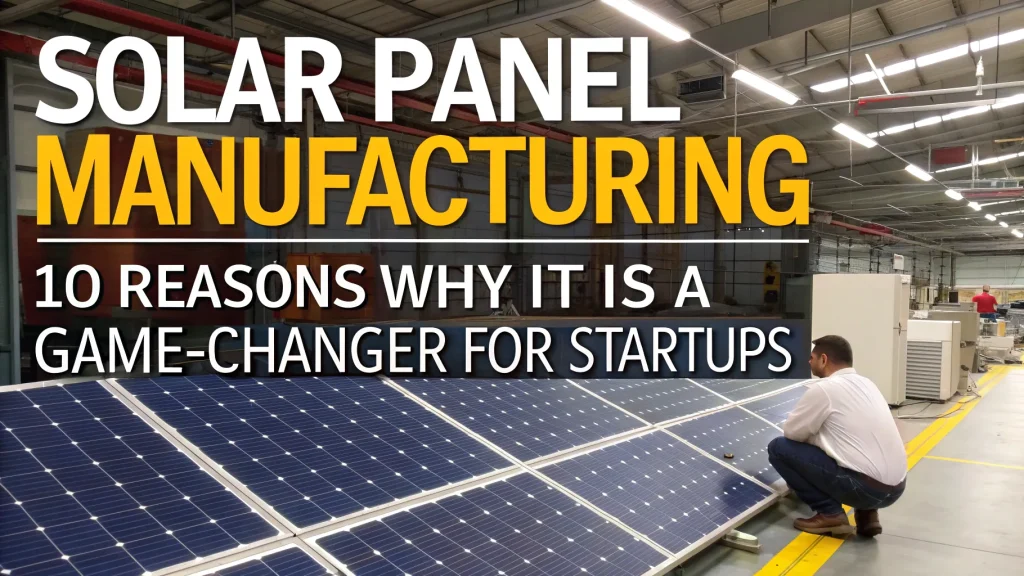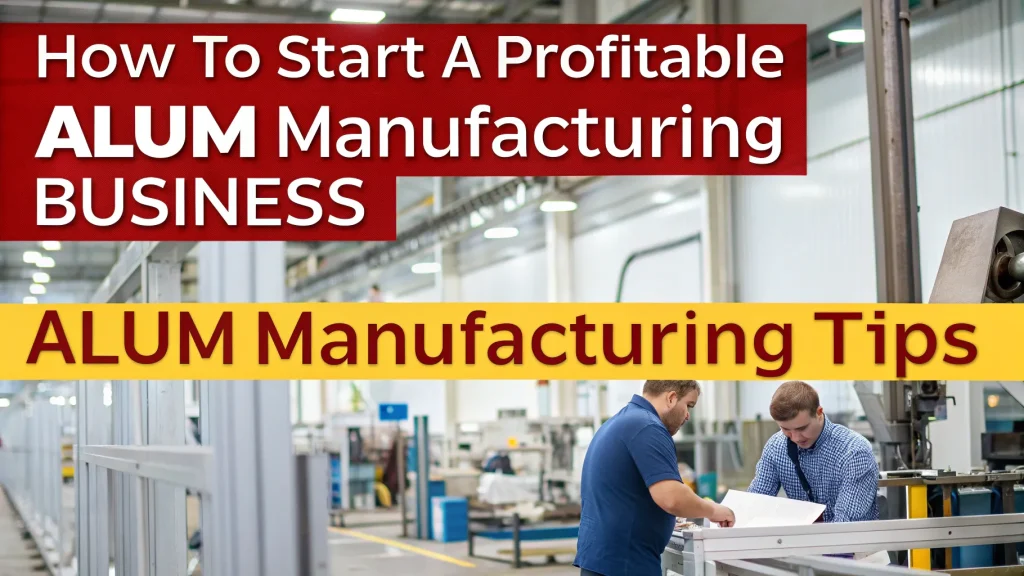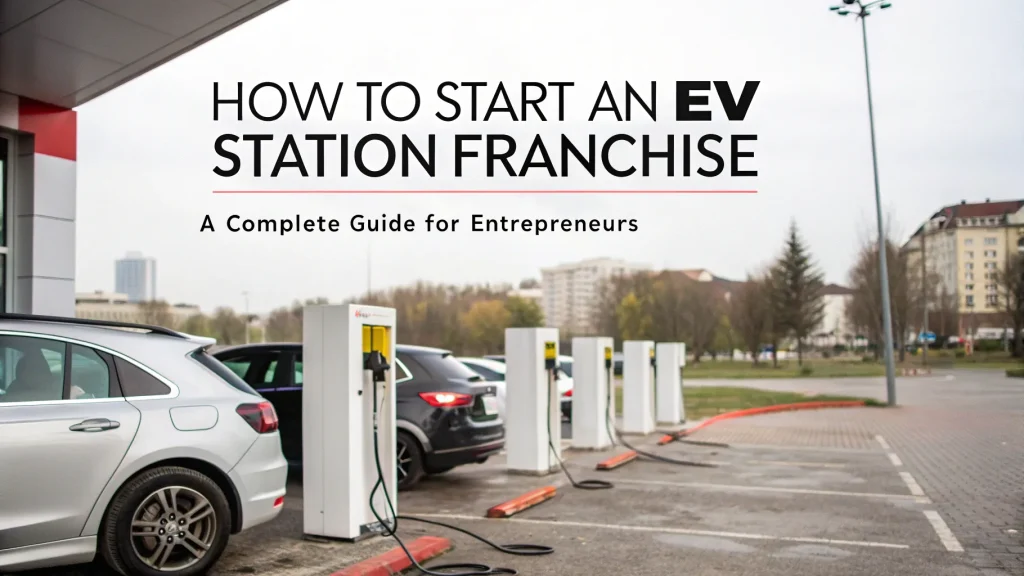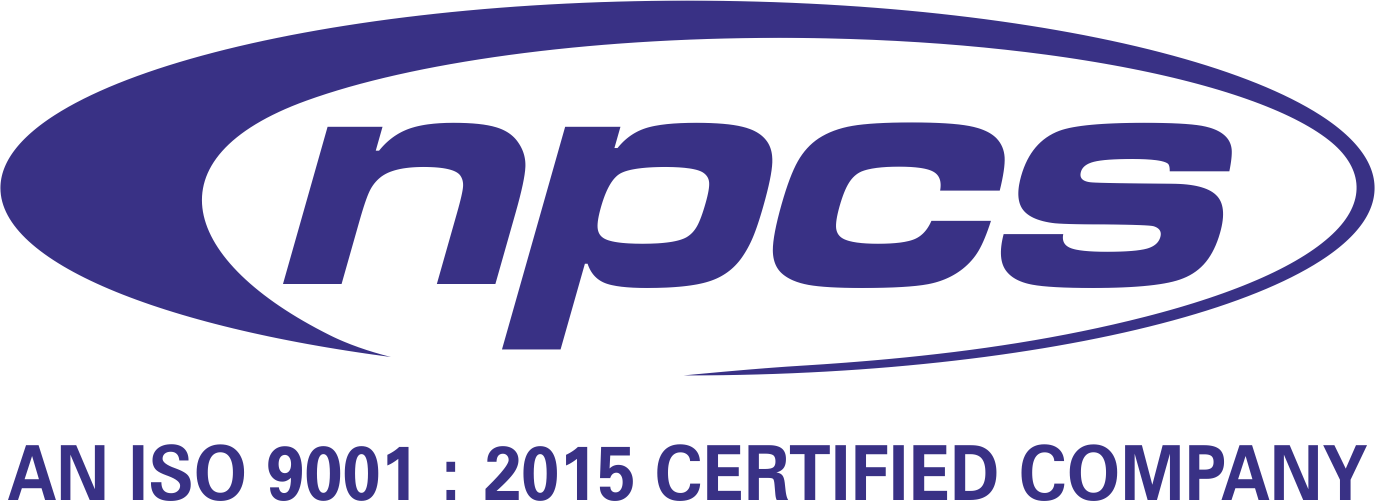Starting a Plastic Battery Container business is a lucrative opportunity for entrepreneurs looking to tap into the fast-growing energy storage and automotive industry. With the rising demand for batteries in automotive, inverter, and renewable energy sectors, the demand for sturdy, chemical-resistant, and durable plastic battery containers is also growing rapidly. This venture not only offers high margins but also provides scope for expansion in both domestic and international markets.
Understanding the Scope of Plastic Battery Container Manufacturing
The Plastic Battery Container industry plays a vital role in the battery production supply chain. These containers are primarily made from high-grade polypropylene and other thermoplastics that can withstand acid, high temperatures, and rough handling. They are essential for ensuring safety, longevity, and performance of the battery units.
Market Demand and Industry Outlook
The global battery market is growing at an exponential rate, fueled by the booming electric vehicle (EV) industry, increasing adoption of solar power systems, and backup energy requirements. Every battery—be it tubular, flat plate, or VRLA—requires a reliable plastic container to house its components. As battery demand grows, so does the demand for Plastic Battery Containers.
In India, the rise in two-wheeler and four-wheeler battery production, along with growing inverter usage in rural and urban areas, creates a consistent and scalable demand. Export opportunities are also ripe, especially in developing countries where power infrastructure still requires reliable backup solutions.
Raw Materials Required for Production
To manufacture Plastic Battery Containers, the primary raw materials include:
-
Polypropylene (PP) granules: Known for their chemical resistance, strength, and moldability.
-
Color masterbatches: For coloring the plastic as per client or industry standards.
-
Molds and Dies: For casting the containers into required shapes and sizes.
-
Additives and stabilizers: To enhance UV resistance and durability.
Reliable suppliers of high-quality raw materials are crucial. Sourcing from verified vendors ensures consistency in product quality, which is essential for building long-term trust with clients.
Machinery and Equipment Needed
Setting up a Plastic Battery Container manufacturing unit requires investment in the following equipment:
-
Injection Molding Machine: This is the heart of the production process, used to mold the containers into shape.
-
Plastic Grinder Machine: For recycling plastic waste and offcuts during production.
-
Mixing Machines: To combine plastic granules with color and additives before feeding into the mold.
-
Cooling System: For ensuring quick solidification of molten plastic post molding.
-
Trimming and Finishing Tools: For post-mold processing like edge trimming and hole punching.
Automated machines increase efficiency and reduce labor costs, while also maintaining high levels of precision and uniformity.
Location and Infrastructure Requirements
A small-to-medium scale plastic battery container manufacturing facility requires around 2,000 to 5,000 sq. ft. of space, with proper electricity supply (preferably 3-phase), water availability, and waste disposal systems.
The ideal location should be close to industrial zones or battery manufacturing hubs for ease of logistics and client accessibility. Urban outskirts or industrial parks with subsidies or incentives from the government are also a good choice.
Manpower and Skill Requirements
While machinery handles most of the production, skilled labor is necessary for operating machines, managing quality control, and conducting maintenance. The basic team should include:
-
Machine Operators
-
Production Supervisor
-
Quality Control Executive
-
Packaging and Loading Staff
-
Maintenance Technician
As the business scales, additional personnel for logistics, procurement, and sales can be added.
Production Process of Plastic Battery Containers
The manufacturing process involves:
-
Raw Material Preparation: PP granules are mixed with colorants and additives.
-
Injection Molding: The molten mix is fed into the mold through an injection molding machine.
-
Cooling & Solidification: Molded containers are cooled and ejected from the machine.
-
Trimming and Hole Drilling: Edges are finished and holes are added for terminals.
-
Quality Inspection: Each piece is checked for cracks, dimensional accuracy, and strength.
-
Packaging: Finished goods are packed and stored for dispatch.
Maintaining strict quality control standards ensures client satisfaction and reduces returns or complaints.
Licensing, Registration & Compliance
Starting a Plastic Battery Container business requires the following registrations:
-
GST Registration: For tax compliance.
-
Factory License: If manpower exceeds state-mandated limits.
-
MSME/Udyam Registration: For government benefits and subsidies.
-
Pollution Control NOC: As plastic manufacturing involves emissions and waste.
-
Trade License: Issued by local municipal authorities.
Staying compliant with legal norms is essential to avoid penalties and ensure long-term sustainability.
Marketing and Sales Strategy
Effective marketing is key to scaling the business. Strategies include:
-
Direct B2B Sales: Approach battery manufacturers and offer bulk deals.
-
Online Presence: Build a professional website and list products on B2B portals like IndiaMART, TradeIndia, and Alibaba.
-
Exhibitions and Trade Shows: Participate in industry expos to build networks and brand presence.
-
Local Distribution: Tie up with battery retailers and wholesalers to supply plastic containers locally.
Offering customization, quality guarantees, and competitive pricing helps win long-term contracts.
Financial Projections and Investment Required
An approximate initial investment breakdown:
-
Machinery and Equipment: ?15–?25 lakhs
-
Raw Material (initial stock): ?3–?5 lakhs
-
Factory Setup and Utilities: ?5–?10 lakhs
-
Labor and Overheads: ?2–?3 lakhs
-
Marketing and Miscellaneous: ?2 lakhs
Total Estimated Investment: ?30–?45 lakhs (USD $35,000–$55,000)
Expected ROI is high with margins ranging from 20% to 35%, depending on production volume and client base. Breakeven can be achieved within 1.5 to 2 years in most cases.
Challenges in the Plastic Battery Container Business
Like any industry, there are challenges:
-
Price Competition: Competing with low-cost suppliers without compromising on quality.
-
Regulatory Changes: Plastic bans or environmental restrictions may affect operations.
-
Product Innovation: Need to continuously improve product design based on battery evolution.
Being proactive and responsive to market trends helps in overcoming these hurdles.
Sustainability and Recycling Options
To address environmental concerns, manufacturers can:
-
Use recycled plastic content in non-critical parts.
-
Set up in-house recycling units for plastic scrap.
-
Collaborate with third-party recycling agencies for waste management.
Adopting sustainable practices not only aligns with compliance but also enhances brand image.
Conclusion
Starting a Plastic Battery Container business is a promising and scalable opportunity for industrial entrepreneurs. With increasing demand in both automotive and energy sectors, manufacturers can create a stronghold in the market through quality production, strategic marketing, and customer-centric operations. Staying compliant with environmental norms and investing in modern technologies ensures long-term profitability and growth in this segment.
Visit the page Select and Choose the Right Business Startup for You for sorting out the questions arising in your mind before starting any business and know which start-up you can plan. We, at NPCS, endeavor to make business selection a simple and convenient step for any entrepreneur/startup. Our expert team, by capitalizing on its dexterity and decade’s long experience in the field, has created a list of profitable ventures for entrepreneurs who wish to diversify or venture. The list so mentioned is updated regularly to give you a regular dose of new emerging opportunities.




